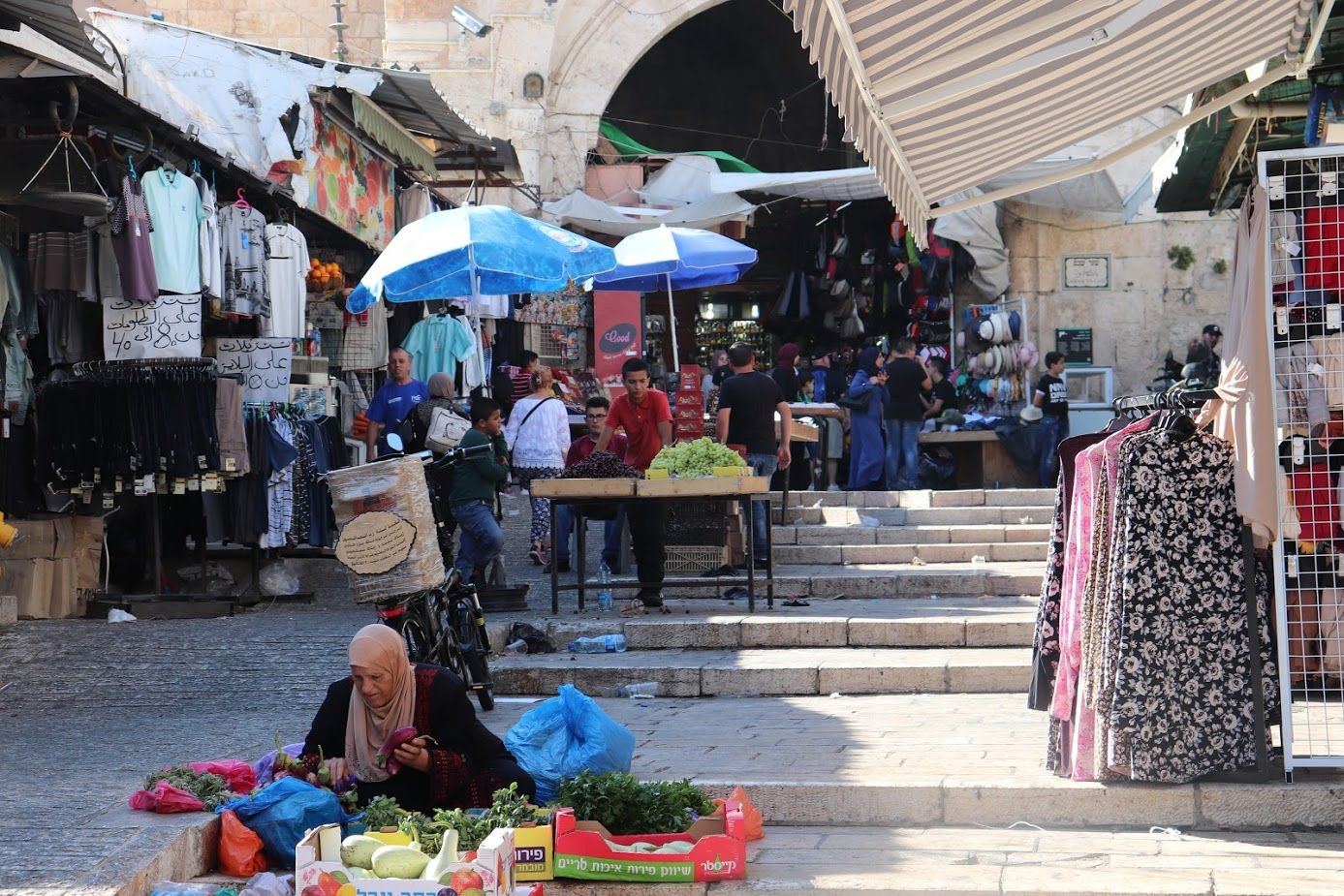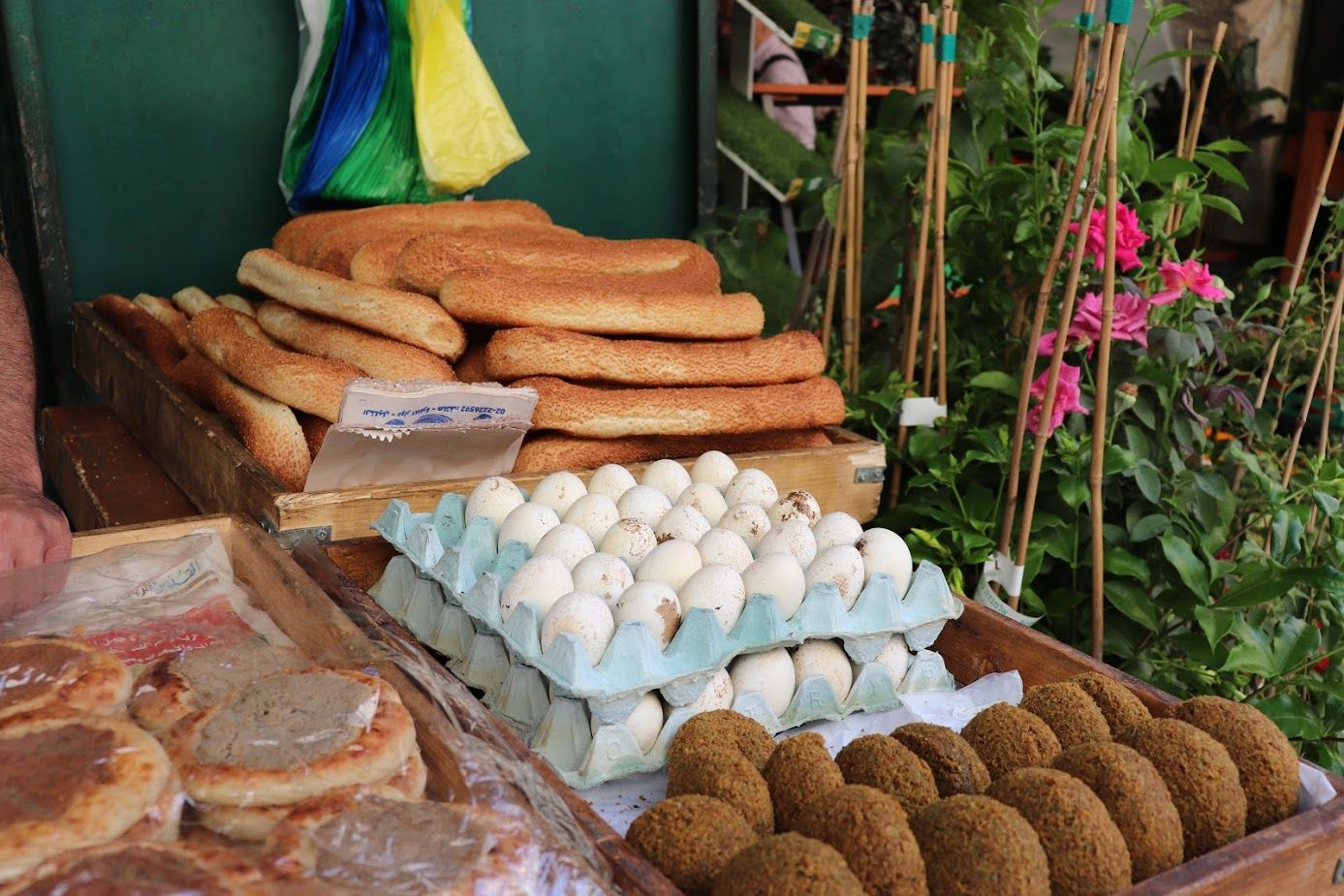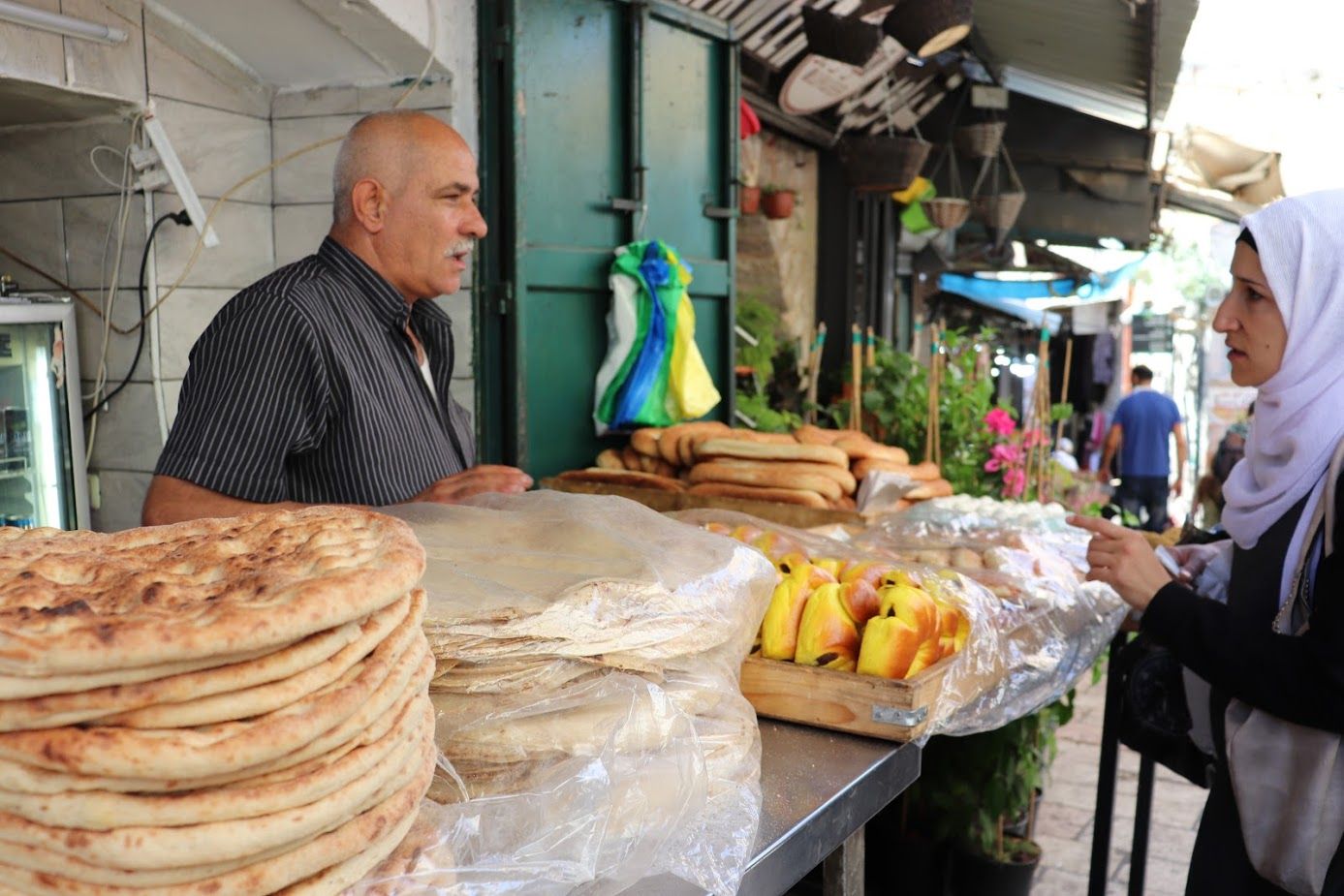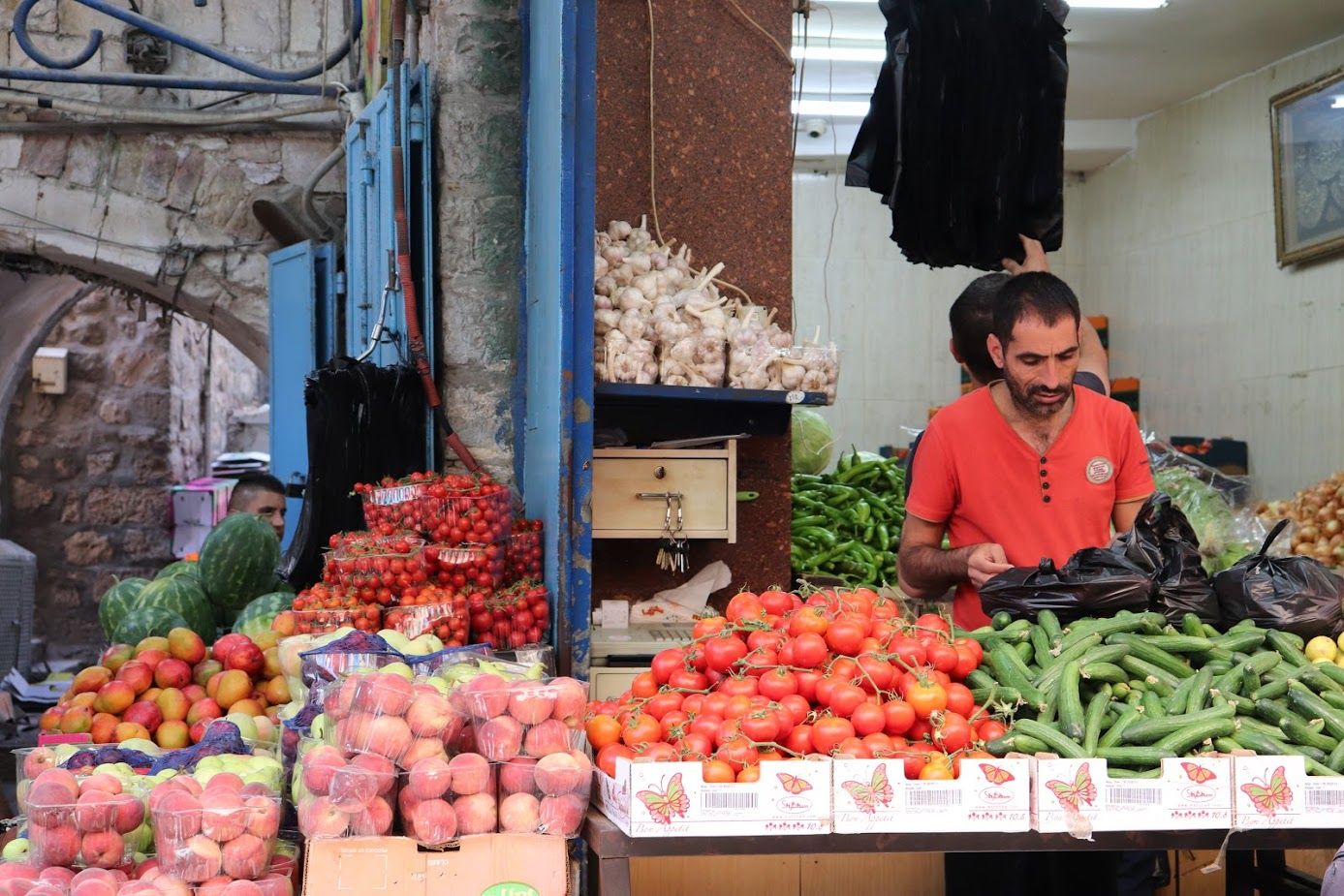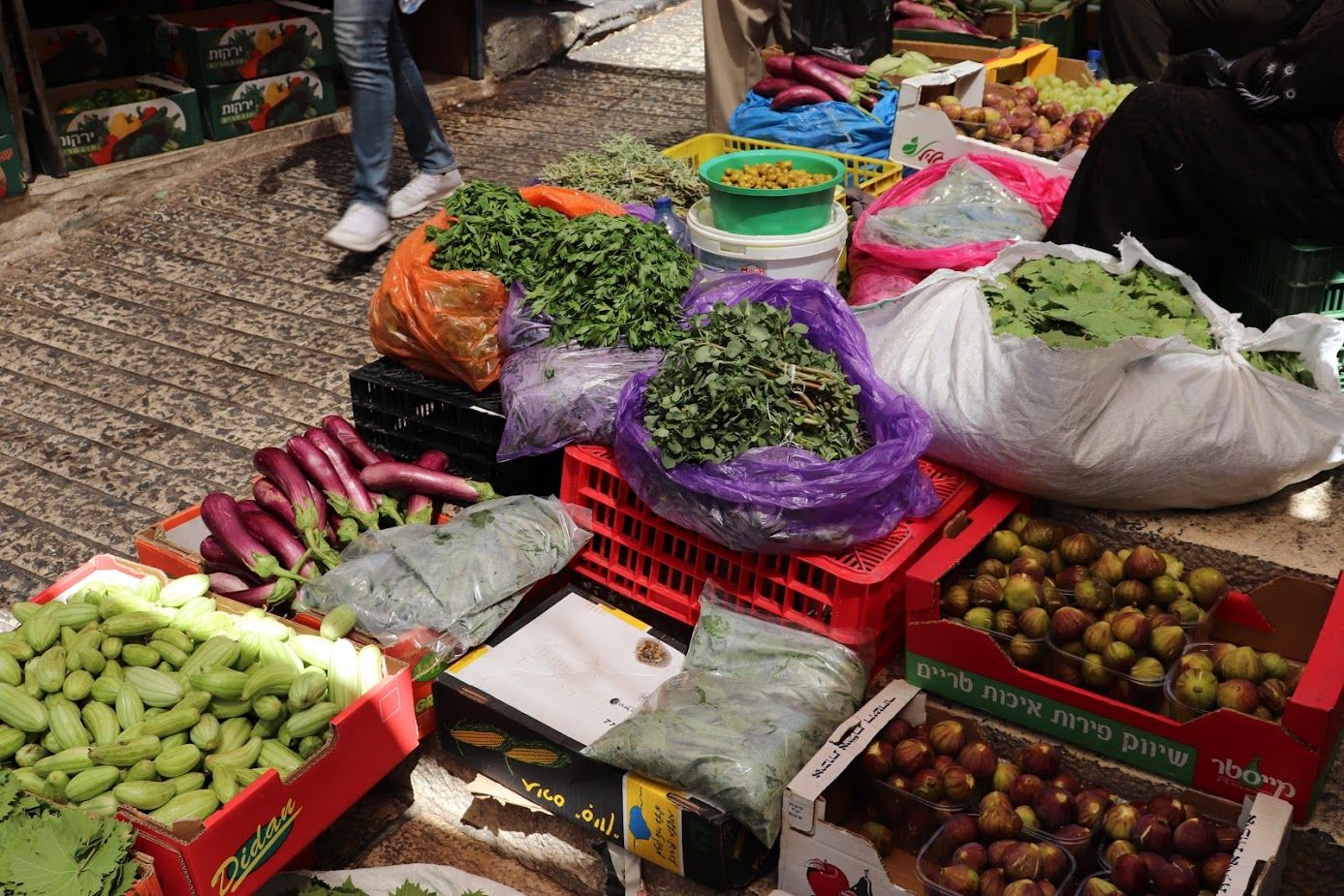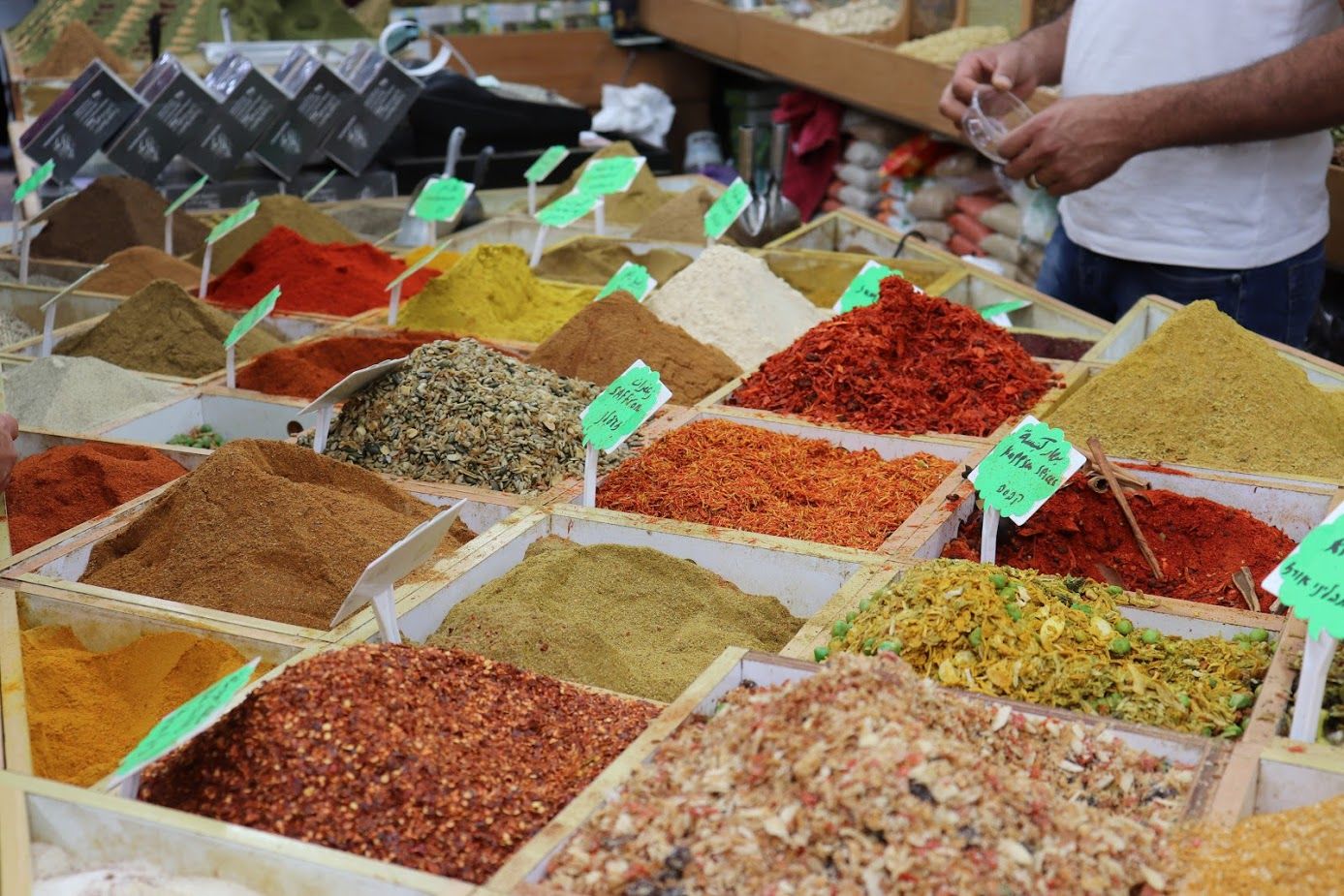Jerusalem is one of the world’s oldest cities, and the home of holy sites for Islam, Judaism and Christianity. It’s also one of the most contentious elements of the Israeli-Palestinian peace process.
The city has been passed between powers repeatedly. It’s been under Jewish, Islamic and Christian rule, going as far back as the Babylonians and changing hands as various empires—the Persians, Romans, Mamelukes, Egyptians, Persians and more—conquered it and the surrounding areas. The longest reign was held by the Ottoman Empire. It was defeated at the end of World War I, placing Jerusalem under control of Great Britain. When Israel was later created in 1948, it was given the Western part of the city while Jordan (still controlling modern-day Palestine) was given the Eastern portion. In the Six Day War nearly 20 years later, Israel took de facto control over the entire city, though it continues to be considered internationally as a shared territory.
Today, both Palestinians and Israelis claim Jerusalem as their capital, but it’s effectively controlled by Israel despite consternation from much of the global community. Palestinian Jerusalemites face significant barriers to equality as a result of Israeli influence. For example, they aren’t automatically given Israeli citizenship, nor can they renovate or rebuild homes without receiving permission.
The tension is especially striking in the Old City, where religious, ethnic, and nationalistic differences literally bump into one another. Around 35,000 people live within the 220-acre fortressed area, characterized by its narrow, stone-lined streets, marketplaces and the clash of three religious sites. The vast majority of that population is Muslim, followed by Christians and Jews. And every day, thousands of people enter in order to make spiritual pilgrimages or purchase goods from one of the many merchants.
Before the Second Intifada, Palestinians from all over the West Bank and East Jerusalem would go to the Old City Muslim Quarter to sell their produce and wares. The combination of tourist traffic and the sizable local population once made it a center for economic opportunity and a staple for the livelihood of many agrarian families. Today, though, it’s become exceedingly difficult to do business in the Old City and greater Jerusalem as a Palestinian. Most can rarely get permission to enter from the West Bank or Gaza; Israeli products are flooding the market, driving down demand for the pricier Palestinian counterparts; and Israeli-imposed taxes make doing business a costly venture.
Difficulties aside, the Old City remains a focal point for Palestinians, both economically and culturally.
